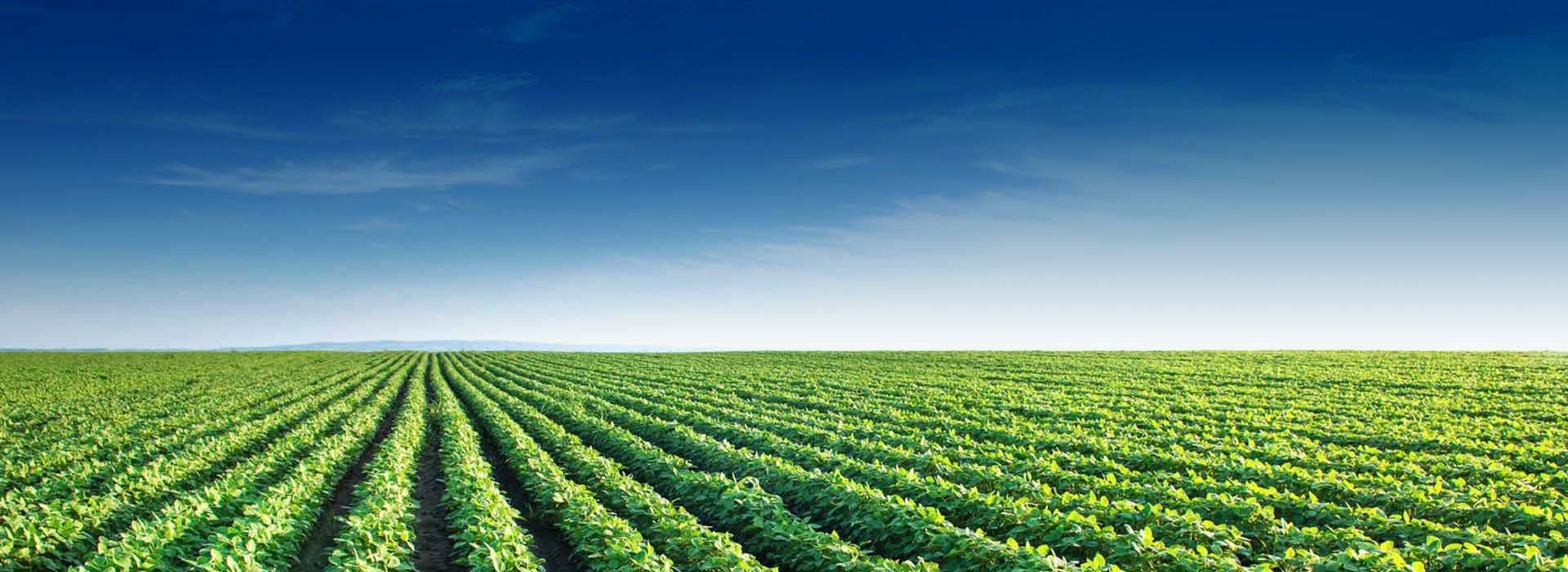
Irrigation system design

Drip irrigation
A drip irrigation system delivers water to perennial and annual crops using a network of main lines, sub-main lines, and lateral lines, with emitter points spaced at specific lengths. Each dripper/emitter, through a hole, delivers water and nutrients to the plant. Precisely specific, uniform amounts directly to the plant’s root zone.
Water and nutrients enter the soil from the emitters, moving to the plant root zone through the combined forces of gravity and capillary action. In this way, the moisture and nutrient uptake by the plant is replenished almost immediately, ensuring that the plant never experiences water stress, thereby improving quality and achieving optimal fruit growth and high yields.
Rain sprinkler
Sprinkler irrigation is a method of applying water to produce a rain-like effect. The water is distributed through a system of pipes, usually by pumping. It is then sprayed into the air and applied to the entire soil surface by sprinkler heads, where it breaks up into small droplets that fall to the ground.
The sprinkler provides effective coverage for small and large areas and is suitable for use on all types of agricultural land. It is also adaptable to almost all types of irrigated soil, as sprinklers are available in a wide range of discharge capacities.
The sprinkler system is a unique and versatile irrigation system. It is designed to provide maximum water savings, combining high quality, affordability and ease of installation. All these products are made of high-strength and chemical-resistant engineering plastics to achieve functional satisfaction and maintain cost savings.
All sprinklers undergo extensive quality testing in our state-of-the-art, well-equipped laboratory. Moreover, the performance of these products is also tested in the field to ensure uniform water distribution and higher efficiency.


Pivot system
Center pivot irrigation (sometimes called center pivot irrigation), also known as pivot, is a method of irrigating crops in which the equipment rotates around a pivot and the crops are irrigated by sprinklers. A circular area centered on the pivot is irrigated, often creating a circular pattern in the crops when viewed from above (sometimes referred to as crop circles). Most center pivots were originally water-powered, although most are now powered by electric motors.
Centralized irrigation systems are beneficial due to their ability to use water efficiently and optimize farm yields. The systems are very effective on large fields.
Watering coil
As an irrigation specialist, we offer a customized solution that fits your needs. From a simple irrigation system to a fully automated installation with remote control and monitoring.
When the irrigation coil is working, the machine is automatically driven by the water turbine wheel, through the pressure entering the water turbine wheel, which rotates with the kinetic energy of water, that is, the movement of the fluid. The rotation of the water turbine wheel passes through a functional gearbox to rotate the winch, move the polyethylene pipe and the sprinkler, to the point of the plot from which we start watering. Then the water enters the polyethylene pipe and passes into the sprinkler, so that the sprinkler starts spraying. The water sprinkler moves, slowly, until the entire field is irrigated. This irrigation system has a very high working efficiency and water-saving resource, which is suitable for working in small and medium-sized farms.

Any growing organism needs nutrition for growth and development. In the case of a plant, the nutrient medium is the soil. The more fertile the soil is and the more it is filled with the micro and macro elements necessary for the plant, the stronger the culture it nourishes. The most effective method for determining this level of fertility is to conduct a soil analysis, because this process helps us to detect any problems in a timely manner and, if they exist, to quickly take appropriate measures.
There is only one way to maintain soil fertility – gradual monitoring of the soil and culture. The goal of any agronomist and farmer is to get a bountiful harvest, not just once, but many times over the next few years. Achieving this goal is impossible without healthy soil, therefore we need constant control of both the elements that make up the soil and the nutrients needed by the plant in it, so that if necessary, we can assess the deficit in a timely manner and correct it.
At such a stage, we resort to such diagnostic methods as:
- symptoms of visual deficit;
- soil analysis;
- Analysis of the green mass of the plant (leaf, stem, tissues)
- Remote monitoring (use of such digital systems as EOS or drone monitoring)
If visual symptoms of deficiency are observed on the crop, it means that any kind of response is already late and we have lost a certain amount of the harvest that year. That is why the preliminary assessment of the soil is of great importance in the production of agricultural crops. At this time, it is determined to what extent the soil has the ability to supply the plant with sufficient nutrients both during the planting process and during the entire vegetation period.
Agrocompany Baraka offers farmers high-quality services in this area as well. More specifically, our soil specialists take soil samples according to European standards, and then the sample is sent to one of the leading Dutch laboratories in Europe – Eurofins Agro – for analysis.
Eurofins Agro is a leading organization in the field of biological sciences research. The laboratory was founded in 1987 and currently cooperates with about 1000 organizations in 50 countries, including exclusively with Baraka in Georgia. As one of the most innovative and quality-oriented companies, Eurofins Agro ideally meets such standards as: strictly controlled high quality, client confidentiality and constantly updated technologies.


